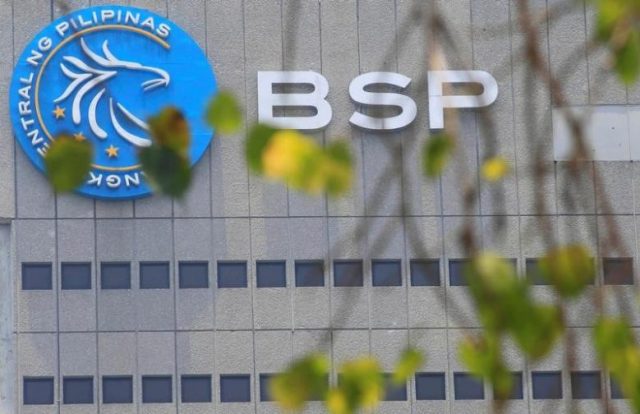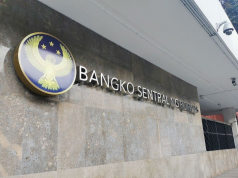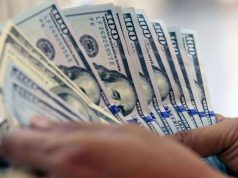
MANILA – Gross international reserves (GIR) edged up in August to a three-month high on the back of higher gold valuations and steady inflows from the central bank’s investments abroad, the Bangko Sentral ng Pilipinas (BSP) reported Thursday.
GIR picked up to $81.513 billion last month, more than July’s upward-revised $81.065 billion but still less than the $85.792 billion recorded in August 2016, according to central bank data.
The reserves were also the biggest since May’s $82.177 billion.
“The build-up in reserves was due mainly to inflows… from revaluation adjustments on the BSP’s gold holdings resulting from the increase in the price of gold in the international market, national government’s net foreign currency deposits and income from the BSP’s investments abroad,” the central bank said in a statement.
At the same time, the government paid off some dollar-denominated debt last month and used the reserves to temper volatility in daily peso-dollar trading. The peso hovered at the P51-per-dollar level that month to hit 11-year-lows. BSP Governor Nestor A. Espenilla, Jr. has said the central bank is “actively managing” excessive volatility in the foreign exchange market.
Income from the central bank’s offshore investments slipped to $66.863 billion in August from the preceding month’s $67.15 billion and $73.93 billion a year ago to account for bulk of reserves.
Value of BSP’s gold holdings rose to $8.431 billion from July’s $8.003 billion, reflecting higher gold prices in the world market.
Foreign exchange held by the BSP climbed to $4.577 billion from July’s $4.267 billion in July and the year-ago $1.972 billion. BSP officials have said a weaker peso spelled trading gains since the reserves are expressed in dollars.
Reserves with the International Monetary Fund (IMF) slipped to $449 million from $453.2 million a month ago but were slightly more than the $447.9 million tallied in August 2016.
Special drawing rights — the amount which the country can tap under the IMF’s reserve currency basket — roughly steadied at $1.193 billion.
The IMF regards the dollar, the Japanese yen, the euro, the British pound, and China’s yuan as benchmark currencies to compute a country’s reserve position.
The latest GIR is still above the central bank’s $80.5-billion estimate for the entire year, which in turn is less than the $84.7-billion projection last year. The latest amount is also more than 2016’s actual $80.692-billion GIR level.
The current reserve buffer is enough to pay 8.7 months’ worth of import payments, well above the three-month international standard. It can also cover 5.6 times the country’s short-term foreign debt when computed based on original maturity (or debt falling due in up to one year) and 3.7 times on residual terms (original maturity plus principal payments on medium- and long-term loans of the public and private sectors falling due within the next 12 months.)
International reserves are a key measure of a country’s macroeconomic footing, providing a buffer against external financial shocks.









